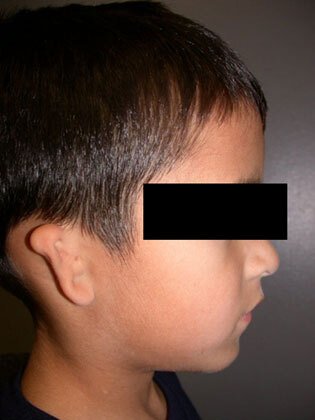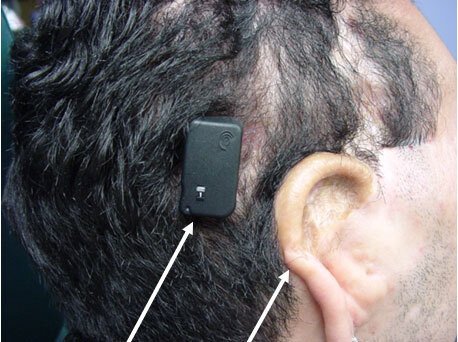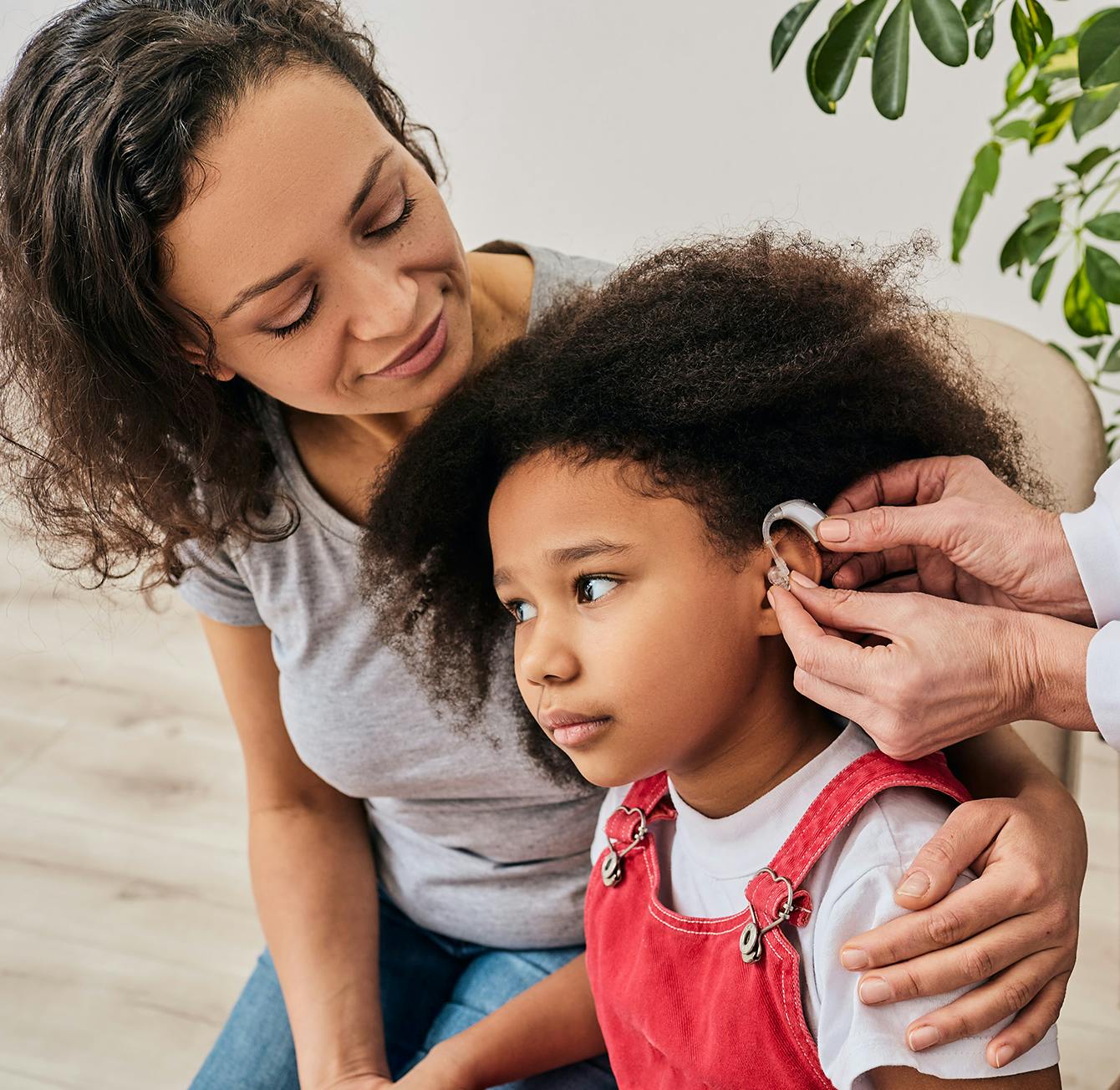Treatments
In cases of unilateral (single-sided) atresia, with normal hearing on the other side, no specific early treatment is needed. If there is bilateral atresia with bilateral hearing loss, the affected child will be at significant risk for delay in speech and language development. Such children should be fitted with a bone conduction hearing aid as soon as possible. Microtia repair (external ear) is typically performed in multiple stages by a plastic surgeon. The microtia repair is usually performed first prior to reconstructing the ear canal. The hearing can be restored by use of the BAHA implant starting at age 5 years or surgical repair of the congenital aural atresia starting at age 5-6 years. A CT scan is typically performed to see if the ear canal can be corrected surgically. Hearing aids usually cannot be used since there is no ear canal.
Congenital Aural Atresia Repair
The aural atresia can be corrected with a surgical procedure called congenital aural atresia repair. The procedure is an outpatient surgery that takes 3 to 4 hours.
It is performed under general anesthesia. The surgery is performed through an incision behind the ear.
How The Surgery Works
A new opening is created for the ear canal. This new canal is lined with a skin graft taken from the inner portion of the upper arm. A new eardrum is created using the patient’s own tissue, called fascia. Although the hearing bones (ossicles) are usually malformed, they are typically functional. In rare cases, the hearing bones are not functional and need to be reconstructed at the same time.






